Climate change is transforming our planet in countless ways, but one of the most telling indicators lies in the changing rhythms of animal migration. As global temperatures rise, species across the world are adjusting their age-old travel schedules—sometimes by days, sometimes by weeks—creating ripple effects throughout ecosystems. These shifting migration patterns serve as living barometers of our warming world, offering scientists crucial insights into how climate change impacts biodiversity. This comprehensive guide explores the complex relationship between rising temperatures and migration timing, examining how various species are responding to our changing climate, what these shifts mean for ecological balance, and what they might tell us about our planet’s future.
The Science Behind Migration Timing
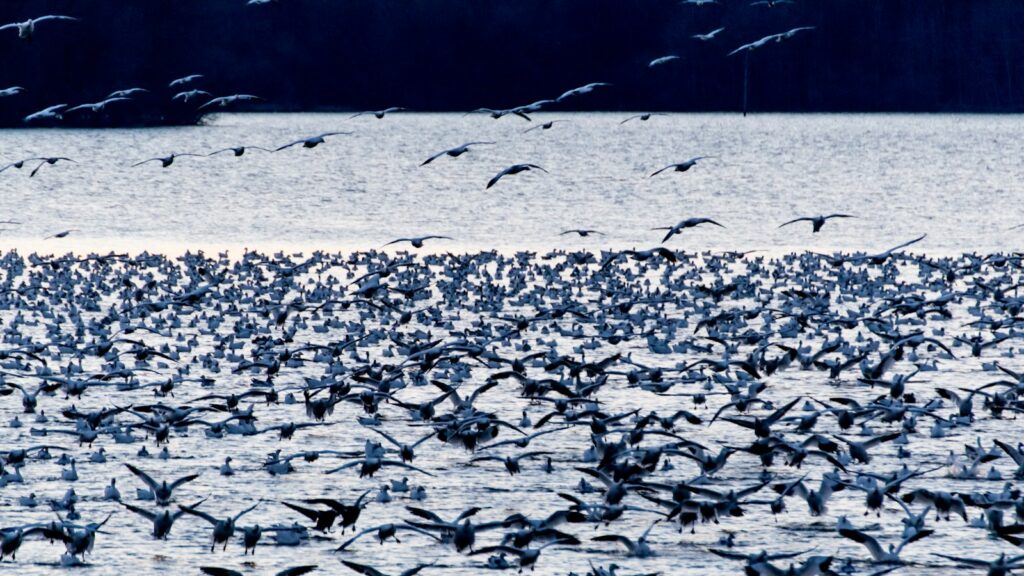
Animal migration represents one of nature’s most remarkable phenomena, with timing that has evolved over thousands of years to synchronize perfectly with seasonal resources. Traditionally, these journeys are triggered by environmental cues including day length (photoperiod), temperature patterns, and food availability. For birds, the lengthening days of spring once reliably signaled when to begin northward journeys, while declining temperatures and shortening days prompted fall returns. These finely tuned systems depend on the predictability of seasonal changes—the very predictability that climate change is now disrupting. Scientists use a field of study called phenology—the examination of seasonal biological events—to track these shifts and understand how warming temperatures are altering these ancient rhythms.
Birds: The Early Migrants

Birds represent some of the most well-documented examples of shifting migration timing in response to climate change. Research spanning decades shows many migratory bird species now arrive at breeding grounds significantly earlier than they did in the mid-20th century. The European Pied Flycatcher, for instance, has advanced its spring migration by approximately 10 days over the past 30 years. North American species like the Tree Swallow now arrive at northern breeding grounds up to two weeks earlier than in the 1970s. These shifts aren’t uniform across all species, however—short-distance migrants typically show greater flexibility in adjusting their timing than long-distance travelers who winter in the tropics. This discrepancy creates new challenges as bird communities that once arrived in carefully orchestrated sequences now experience disrupted timing.
Butterflies and Insects: Dramatic Calendar Changes
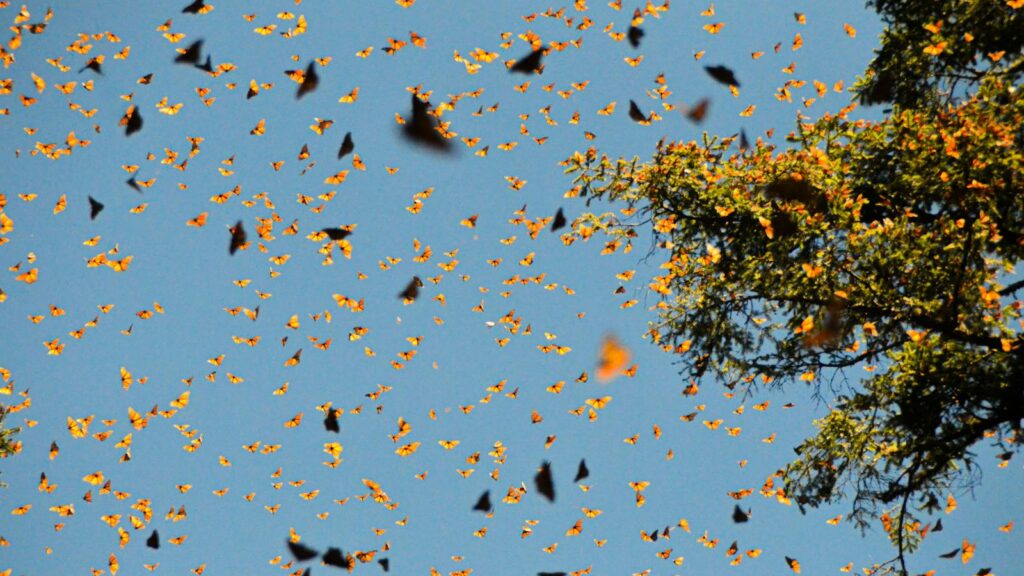
The migration patterns of insects, particularly butterflies, demonstrate some of the most dramatic responses to warming temperatures. The iconic Monarch butterfly’s migration schedule has shifted significantly in recent decades, with spring northward journeys beginning earlier and fall southward movements delayed by warming temperatures. In the United Kingdom, the Red Admiral butterfly has transformed from a primarily migratory species to one that increasingly overwinters locally as temperatures rise. Insects typically respond quickly to temperature changes because of their short life cycles and ectothermic physiology, making them particularly sensitive indicators of climate impacts. These shifts carry significant implications as many insects serve as essential pollinators or provide critical food sources for birds timing their migrations to historically reliable insect emergence.
Marine Life: Changing Ocean Currents and Migrations
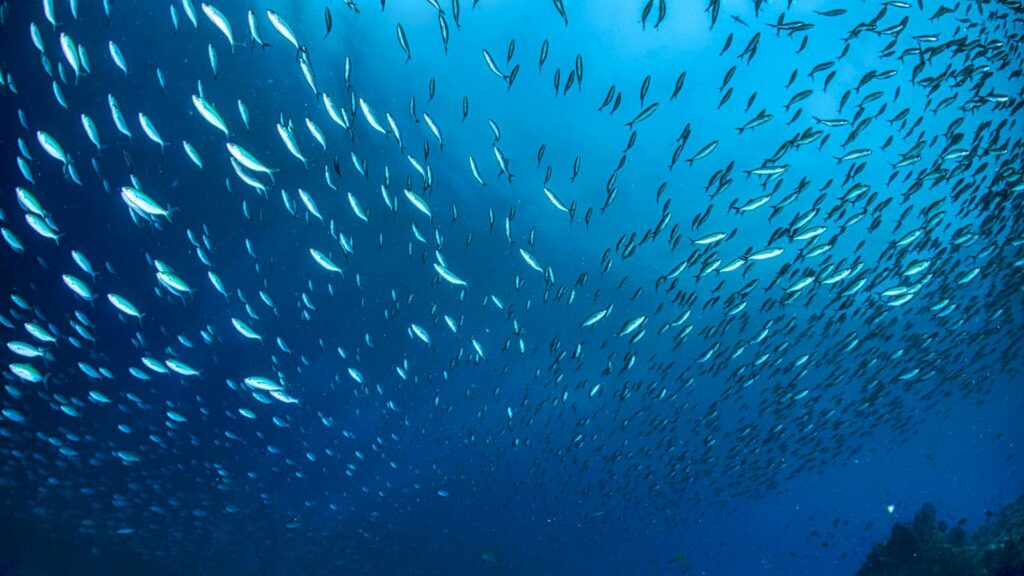
The timing of marine migrations is shifting dramatically as ocean temperatures rise and currents change. Sea turtles, which rely on temperature cues to begin nesting journeys, have shown earlier nesting in many locations worldwide—in some cases advancing their schedule by two to three weeks compared to historical records. Large marine mammals like gray whales have adjusted their migration timing in response to changing ice patterns and food availability in polar feeding grounds. Commercial fish species are also demonstrating altered migration timing, with Atlantic salmon returning to spawning grounds earlier in warming rivers across Europe and North America. These changes carry significant implications for both marine ecosystems and the human communities that depend on predictable fishing seasons.
Mammals: Adjusting Ancient Patterns
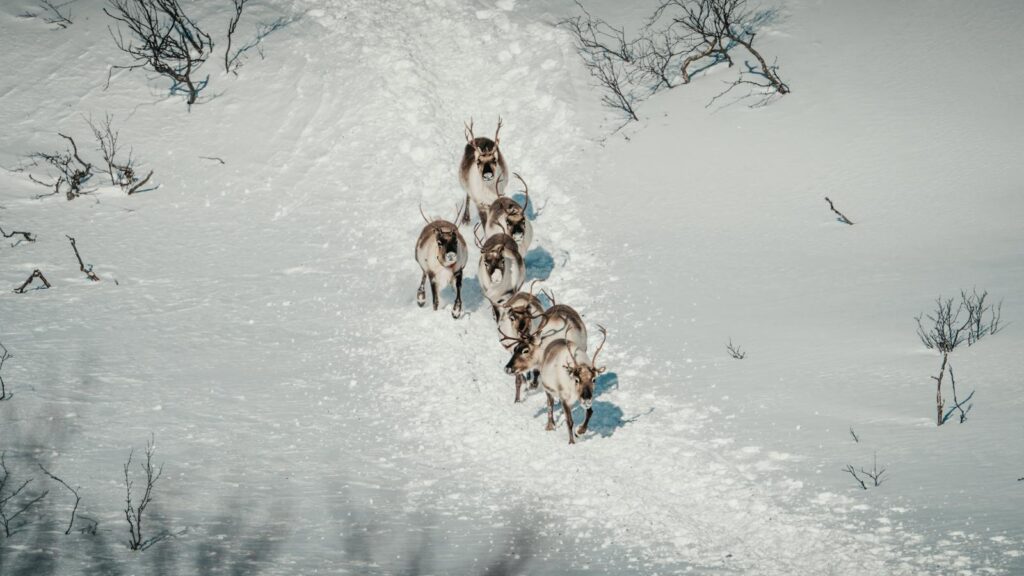
Terrestrial mammals display varying responses to warming temperatures in their migration timing. Large herbivores like caribou in North America and reindeer in Eurasia face particular challenges as their seasonal movements have evolved to coincide with plant growth patterns that are now shifting. Research in Greenland has documented muskoxen and caribou increasingly mismatched with their food resources as spring plant growth advances faster than the animals can adjust their behavior. In mountainous regions, species that migrate vertically with the seasons—moving up and down elevation gradients rather than north and south—show complex responses to warming, with some species advancing their upslope movements by nearly a month compared to historical patterns. These shifts highlight how climate change impacts even the most traditional and evolutionarily stable migration systems.
The Phenological Mismatch Problem
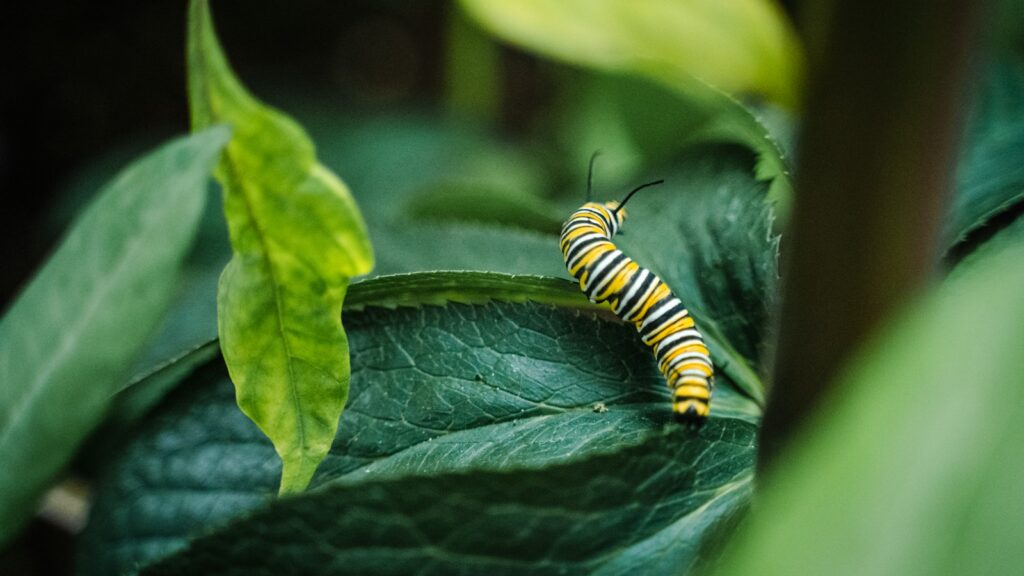
One of the most concerning consequences of altered migration timing is the development of phenological mismatches—situations where species arrive too early or too late to synchronize with their food sources or other essential resources. The classic example involves migratory songbirds that time their spring arrivals to coincide with peak caterpillar abundance for feeding their young. As spring temperatures warm, caterpillar emergence advances, but some birds—particularly long-distance migrants—cannot adjust their arrivals quickly enough, leading to reduced breeding success. Similar mismatches occur across ecosystems: marine birds arriving after peak fish spawning events, pollinators emerging before or after their target flowers bloom, and predators missing peak prey abundance periods. These disruptions threaten species survival and highlight the intricate timing dependencies that underpin ecosystem function.
Temperature Versus Daylight: Competing Cues

The shifting balance between temperature and daylight cues creates significant challenges for migratory species in a warming world. While rising temperatures might signal earlier springs, daylight patterns remain constant year to year, creating conflicting signals for animals that rely on both cues. Species that primarily use temperature as their migration trigger (like many butterflies and amphibians) can adjust more readily than those depending on daylight duration (like many birds that migrate extremely long distances). This discrepancy explains why some species adapt more successfully than others to climate change. Research on European migratory birds shows that species wintering closer to breeding grounds generally demonstrate greater flexibility in adjusting migration timing compared to trans-equatorial migrants that rely more heavily on photoperiod cues unaffected by climate change.
Geographical Variations in Migration Shifts
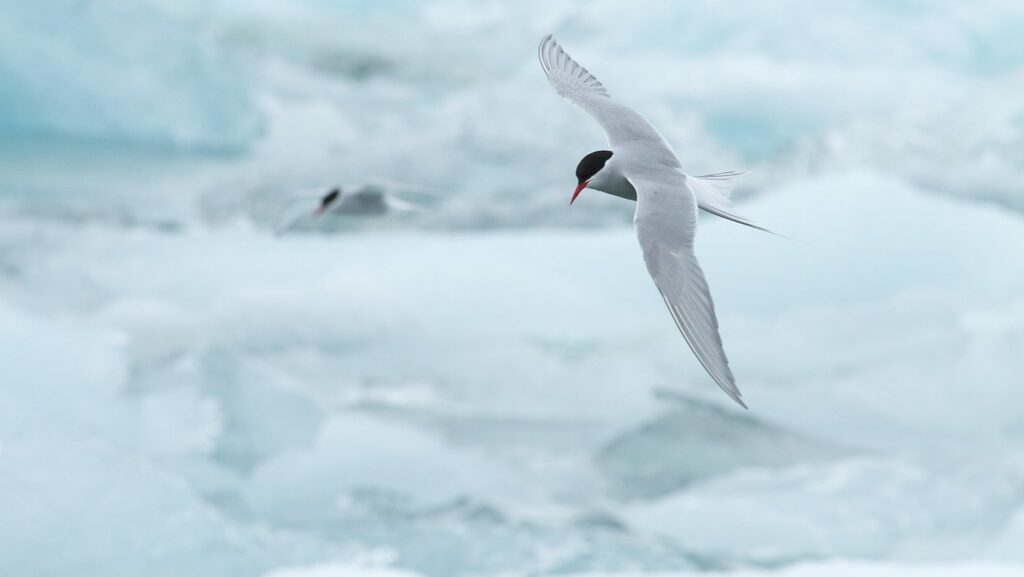
The impact of climate change on migration timing varies dramatically by region, with some areas experiencing more pronounced temperature changes than others. Arctic and subarctic regions, warming at nearly twice the global average rate, show some of the most dramatic shifts in migration timing for species ranging from caribou to shorebirds. High mountain regions similarly demonstrate accelerated changes, with species adjusting altitudinal migrations in response to rapidly changing conditions. Tropical species often show more subtle timing shifts, reflecting the less pronounced seasonal temperature variations in equatorial regions. These geographical differences create complex patterns of change across migration routes, with animals potentially experiencing very different climate change impacts at different points in their journeys—a particular challenge for species traveling thousands of miles between breeding and wintering grounds.
Historical Records and Research Methods
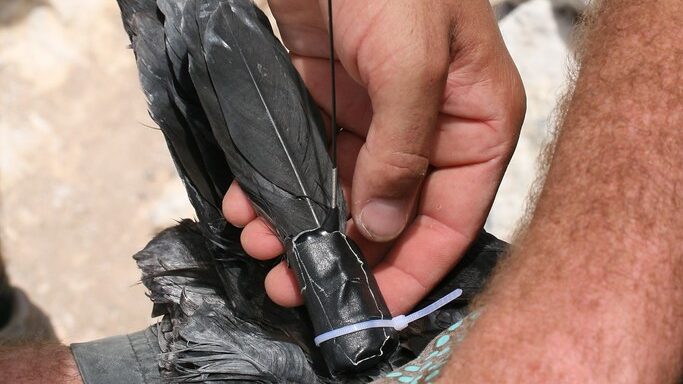
Scientists employ diverse methods to track migration timing changes, with historical records playing a crucial role in establishing baselines against which modern patterns can be compared. Some of the most valuable datasets come from citizen science initiatives like the North American Breeding Bird Survey and eBird, which compile millions of observations from birdwatchers across continents and decades. Museum specimens collected over centuries provide another window into historical migration timing through techniques like pollen analysis on feathers or isotope measurements that reveal migration schedules. In recent years, tracking technology has revolutionized migration research, with miniaturized GPS tags and geolocators revealing precise movement patterns of everything from dragonflies to whales. Combined with climate data, these tracking methods allow scientists to correlate temperature changes with shifting migration schedules across species and continents.
Winners and Losers in Adaptation

Not all species demonstrate equal ability to adjust their migration timing in response to warming temperatures, creating ecological “winners” and “losers” in a changing climate. Species with flexible migration strategies, shorter lifespans, and greater behavioral plasticity generally adapt more successfully than highly specialized species with rigid migration patterns. European blackcaps, for example, have developed entirely new migration routes and timing in recent decades, even establishing new wintering populations in the United Kingdom. In contrast, species like the Wood Thrush, with genetically fixed long-distance migration patterns, show limited ability to adjust timing despite warming breeding grounds. This disparity creates new competitive dynamics within ecosystems as adaptable species gain advantages over those with less flexibility, potentially reshaping community structures and ecological relationships that evolved over millennia.
Predicting Future Migration Shifts

Scientists use sophisticated modeling techniques to predict how migration timing might continue to change as global temperatures rise in coming decades. These models integrate climate projections with species-specific data on physiological tolerances, behavioral flexibility, and evolutionary potential. Some predictions suggest that by 2100, spring migration for many North American bird species could advance by 1-3 weeks from current timing if warming continues at projected rates. Marine species face particularly complex futures as ocean warming combines with acidification and changing current patterns to transform migration corridors. The most concerning projections involve species reaching physiological limits of adjustment—points where they cannot advance their timing any further despite continuing temperature increases. These models provide crucial planning tools for conservation efforts, helping identify species most vulnerable to timing mismatches and regions where protective measures might prove most effective.
Conservation Implications and Adaptations
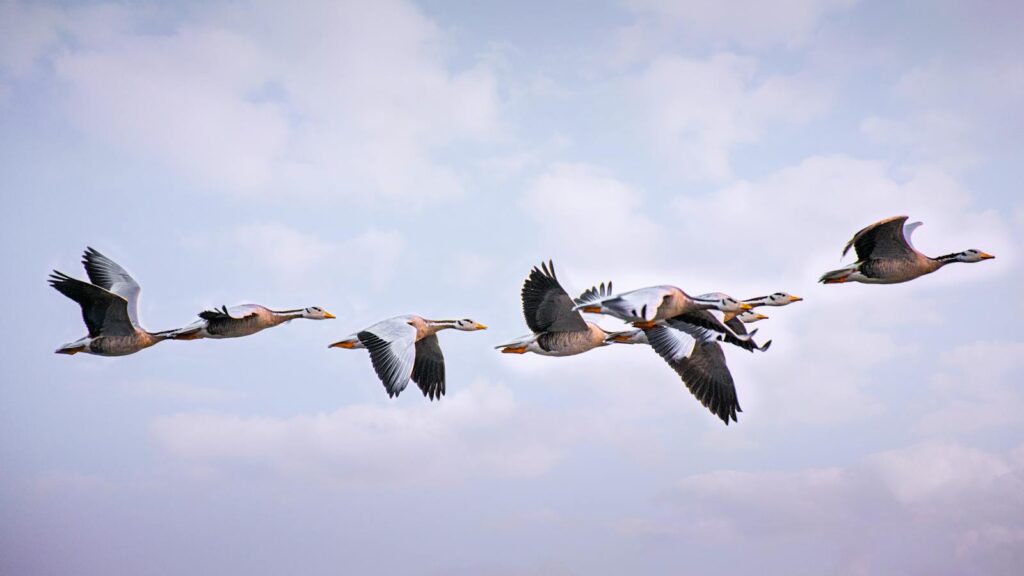
Understanding shifting migration timing informs critical conservation strategies in a warming world. Protected area networks, traditionally designed around fixed migration schedules, increasingly require flexible management approaches that account for changing arrival and departure dates. Conservation practitioners now incorporate phenological monitoring into management plans, adjusting water release schedules in wetlands, for instance, to match new migration patterns of waterfowl. Habitat corridor preservation takes on renewed importance as species adjust their movement timing and potentially encounter new barriers along altered routes. Conservation scientists also explore more interventionist approaches, including assisted migration for species unable to adjust naturally and habitat manipulations to ensure resource availability aligns with new arrival times. These efforts represent a fundamental shift toward dynamic conservation planning that anticipates continuing changes rather than attempting to preserve historical patterns increasingly misaligned with current climate realities.
The Human Dimension: Cultural and Economic Impacts
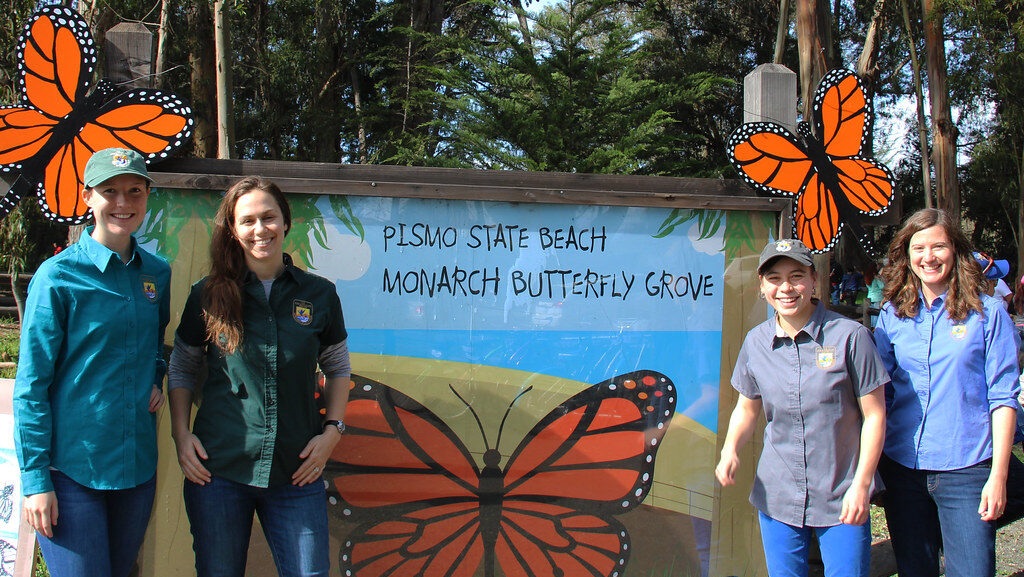
Changing migration patterns carry significant cultural and economic implications for human communities worldwide. Indigenous cultures with traditional harvesting practices tied to animal migrations face disruptions to centuries-old subsistence patterns and cultural practices. Tourism industries built around predictable natural spectacles—from Mexico’s monarch butterfly sanctuaries to Nebraska’s Sandhill Crane migration—must adapt to increasingly variable timing. Agricultural systems depending on migratory pollinators encounter new challenges as pollinator arrival may no longer synchronize with crop flowering. Commercial fisheries experience shifting seasons as target species alter their movement timing, forcing adaptation in fleet operations and processing schedules. These impacts highlight how migration timing changes ripple beyond ecological concerns into human communities and economies, requiring adaptive management approaches across sectors and knowledge systems.
Conclusion: Living Indicators of a Changing Planet
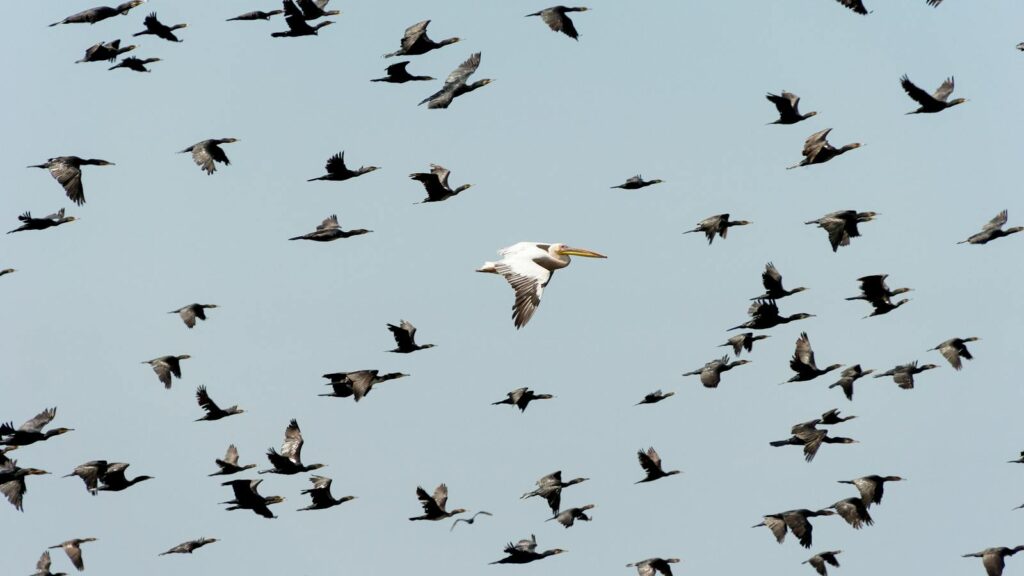
The shifting dates of animal migrations represent one of the most visible and measurable fingerprints of climate change on our planet’s living systems. As we’ve explored throughout this guide, these changes are not merely academic curiosities but profound transformations with cascading effects through ecosystems and human societies alike. The birds arriving earlier each spring, butterflies extending their flight seasons, and marine creatures altering ancient routes all tell the same story: our climate is changing faster than at any point in recent evolutionary history. Yet understanding these shifts offers more than documentation of change—it provides crucial insights for conservation planning, ecological forecasting, and cultural adaptation strategies. As we continue monitoring these living indicators, they remind us that the timing of life itself is changing, calling us to similar flexibility and foresight in our responses to a warming world.
